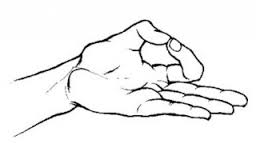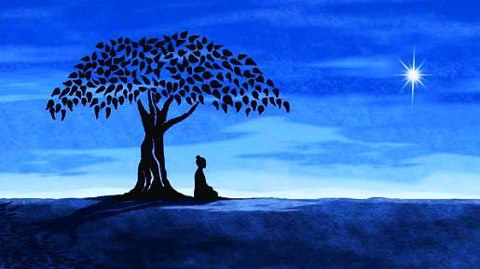(scroll down for English)
Sheetali (o Respiración Refrescante)
¿Qué tal llevas los efectos de las altas temperaturas? ¿Te sientes irritado/a? ¿Sufres sofocos?
Combate el calor con Sheetali, un simple ejercicio de respiración que te proporciona una sensación refrescante.
Origen
La palabra “sheetali” significa ‘refrescar’ en sánscrito. La práctica de esta respiración refresca el cuerpo y la mente a la vez que calma la mente y reduce el estrés. El propósito de esta técnica de respiración es reducir la temperatura corporal. Actuando de manera positiva sobre las glándulas endocrinas y el sistema nervioso.
Cómo practicar Sheetali
1. Adopta una postura cómoda sentándote en el suelo, esterilla, cojín de meditación o silla. Asegúrate de que tu espalda está erguida.
2. Saca la lengua y enróllala si puedes (no todo el mundo puede enrollar la lengua, así que si no puedes, simplemente sácala).
3. Inhala por la boca, con la lengua fuera. Puedes contar hasta 4 mientras inhalas.
4. Mete la lengua y expulsa todo el aire por la nariz. Puedes contar hasta 6 mientras exhalas.
5. Continúa con esta respiración durante 2 o 3 minutos. Luego puedes volver a tu respiración normal durante otros 2 o 3 minutos y repetir Sheetali durante otros 2 o 3 minutos. Con práctica podrás incrementar la duración de la inhalación y exhalación a 4:8, o 5:10 o 6:12 segundos.
Sheetali (or Cooling Breath)
How are you managing the effects of the high temperatures? Feeling irritated? Suffering hot flashes?
Beat the heat with Sheetali a simple breathing technique that will help your body cool down.
Origin
The word “sheetali” means cooling in Sanskrit. The practice of this breathing technique cools the body and mind and at the same time calms the mind and reduces the stress. Its purpose is to reduce the body temperature, which may have positive effect on the endocrine glands and nervous system.
How to practise Sheetali
1. Sit in a comfortable position on the floor, mat, meditation cushion or on a chair. Make sure that you’re sitting up right, so that your spine is erect.
2. Stick your tongue out and roll it if possible (not everyone can roll the tongue, so if you can’t just stick it out).
3. Inhale through your mouth, with your tongue still out. You can start with inhaling in 4 counts.
4. Withdraw the tongue and close the mouth, exhaling completely through the nostrils. You can start exhaling for 6 counts.
5. Continue doing this breathing for 2 to 3 minutes. You can then return to normal breathing for several more, and repeat the cooling breath for another 2 to 3 minutes.With practice one can increase the counts to 4:8, or 5:10 or 6:12 seconds.













